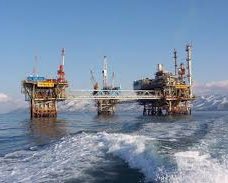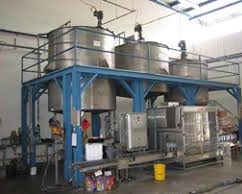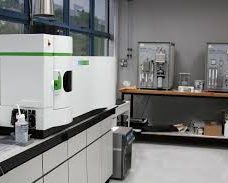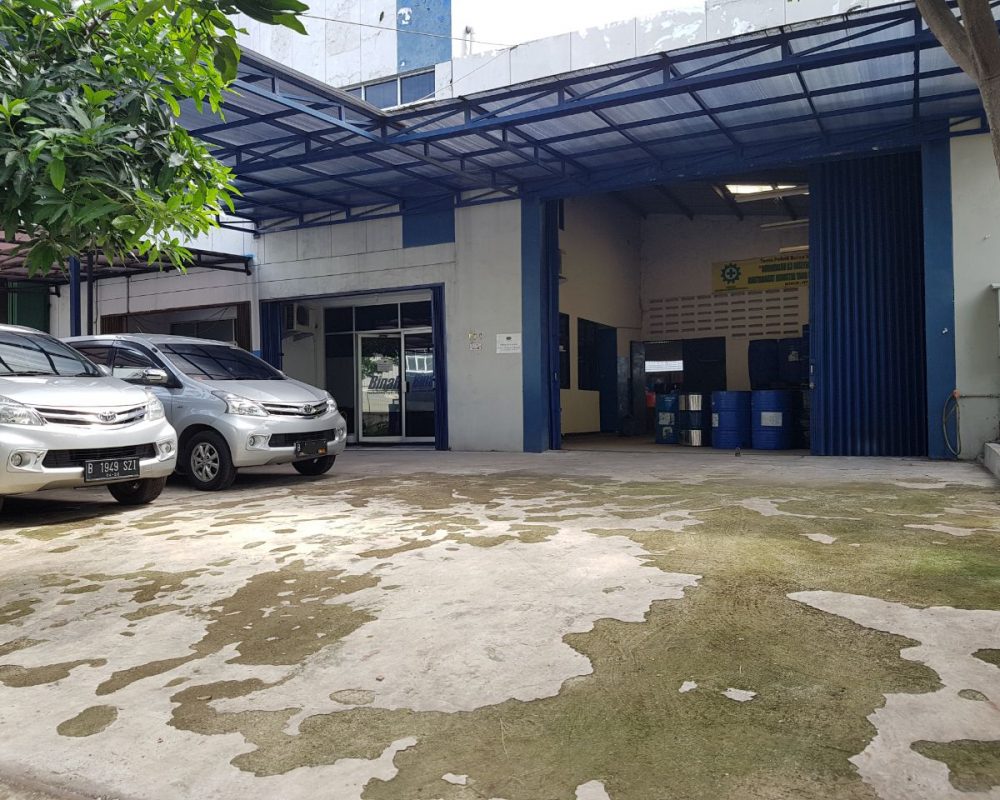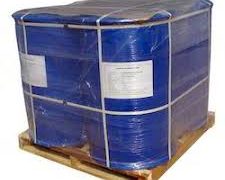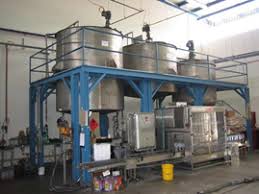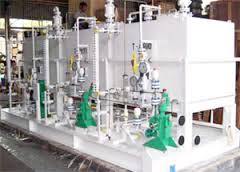BINAR 6025
BINAR 6025 is an aldehyde type effective, broad-spectrum microbiocide. It is a synergistic blend of THPS, which removes biofilm and prevents growth of it. It control both aerobic and sulfates reducing bacteria. BINAR 6025 can used in sea water, brine, fresh or produce water as a microbiocide and also to combat slime formation.
THPS ‘s benefits include low toxicity, low dosage and rapid breakdown in the enviroment
GENERAL CHARATERISTICS
| Form | Clear Liquid |
| Color | Colorless |
| Solubility | Soluble in water |
| pH | 3 – 4 |
| Specific Gravity (at 25oC) | 1.10 1.20 |
| Boiling Point | Above 100 deg. C |
HANDLING INSTRUCTION
BINAR 6010 is water base product. It shall be stored in coated containers.
Storage temperature should be ambient.
DOSAGE
The most effective concentration of BINAR 6025 should be determined by performance tests, using actual produced fluids.
PACKING
200 liter in HDPE drums.
PRODUCT EXPIRY
BINAR-6025 has a storage life of 18 month if stored in the closed containers.
==================================================
INFORMATION
 We are actively committed towards offering best quality Biocides . Formulated and processed at our advanced processing unit, these chemicals find wide application in various industries. Owing to some of the features like enhanced self life, purity and precise pH value, these chemicals have received huge admiration and appreciation across the nation. Furthermore, keeping in mind the specific requirements of the clients, we offer these chemicals at reasonable prices.
We are actively committed towards offering best quality Biocides . Formulated and processed at our advanced processing unit, these chemicals find wide application in various industries. Owing to some of the features like enhanced self life, purity and precise pH value, these chemicals have received huge admiration and appreciation across the nation. Furthermore, keeping in mind the specific requirements of the clients, we offer these chemicals at reasonable prices.
 Product Benefits
Product Benefits
- High performance nitrite based liquid corrosion inhibitor
- Suitable for use in low and medium pressure hot water systems
- Suitable for use in chilled water systems
- Excellent corrosion control for steel, cast iron, copper and brass
- Excellent dispersing properties
- Contains the biocide dichlorphen
- Built in indicator
In water treating, chemicals aid in producing suitable water for discharge or injection. A wide range of chemicals is available for water treating.
A chemical-injection package enables various types of chemicals to be dosed into the water stream to optimize the treatment process. In many operations, each chemical-injection stream is equipped with two dedicated pumps, both of which are rated for 100% capacity:
- a duty pump
- a standby pump
Storage-tank capacity is designed to allow the plant to run for several days between refills. Tank-construction materials can be:
- carbon steel
- stainless steel
- other material appropriate to withstand the action of the stored chemicals
Microbiologically influenced corrosion (MIC) refers to corrosion caused by the presence and activities of microorganisms—microalgae, bacteria, and fungi. While microorganisms do not produce unique types of corrosion, they can accelerate corrosion reactions or shift corrosion mechanisms. Microbial action has been identified as a contributor to rapid corrosion of metals and alloys exposed to soils; seawater, distilled water, and freshwater; crude oil, hydrocarbon fuels, and process chemicals; and sewage. Many industries and infrastructure are affected by MIC, including oil production, power generation, transportation, and water and waste water
Internal corrosion in gathering systems is caused by acid gases in water and usually occurs along the bottom and sides of the line. In low flow systems where gas production has declined, corrosion and failures production has declined, corrosion and failures can take place on the upper surfaces of the pipeline. pipeline. In gas storage systems, the traditional treatment is with biocide and/or corrosion inhibitor. The chemical is mixed with water or a suitable solvent, pumped into the storage well and followed with gas. This method assumes the gas will displace the chemical mixture into the formation to control bacterial growth. Although negative bacteria cultures have been noted with this type of treatment there is concern that the biocide stayed in the bottom of the well or near the well bore and was not carried far into the formation where bacterial growth still continues.
Side effects of biocide treatments are foaming, emulsions, and expensive equipment costs for individual well treatments.

